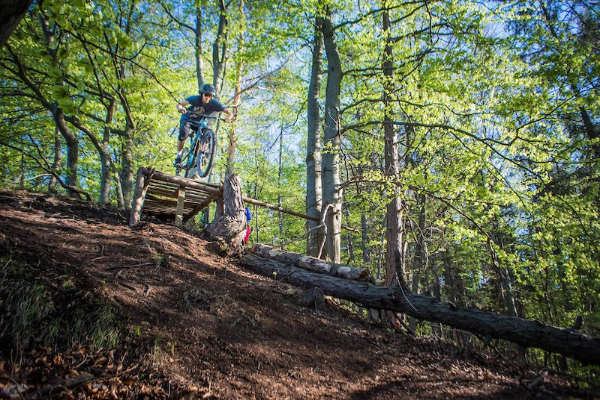Mountain biking is an exhilarating sport. It combines physical endurance with the thrill of nature. However, safety is crucial. One of the most important safety gear items is the helmet. While many riders opt for standard helmets, there are situations where a full face helmet is necessary. This article will guide you on when to wear a full face helmet mountain biking. We will cover the types of mountain biking, the risks involved, and the benefits of full face helmets.
Understanding Mountain Biking
Mountain biking has various disciplines. Each has different terrains and risks. Knowing these can help you understand when a full face helmet is essential.
Cross-Country (XC)
Cross-country riding involves long-distance rides on varied terrain. It requires endurance and speed. The trails can be smooth but often have technical sections. These sections include roots, rocks, and steep descents.
Trail Riding
Trail riding is more diverse than cross-country. It includes climbs, descents, and technical features. The trails can be more rugged. It is a middle ground between cross-country and more extreme forms of mountain biking.
All-Mountain/Enduro
All-mountain or enduro riding involves challenging trails. These trails have steep descents and technical sections. Riders need to navigate drops, jumps, and rough terrain. This discipline requires more protection.
Downhill (DH)
Downhill riding is the most extreme. It involves descending steep, technical trails at high speeds. Obstacles include rocks, roots, and large jumps. The risk of injury is high.
Freeride
Freeride biking focuses on tricks and jumps. Riders seek out features to perform stunts. This can include natural features or man-made obstacles in bike parks. The emphasis is on skill and creativity.
Risks in Mountain Biking
Mountain biking involves various risks. Understanding these helps in deciding when to wear a full face helmet.
Falls and Collisions
Falls are common in mountain biking. They can occur during climbs, descents, or on technical features. Collisions with trees, rocks, and other obstacles are also risks.
Speed and Terrain
Higher speeds increase the risk of injury. Steeper and rougher terrain also pose greater dangers. The combination of speed and challenging terrain necessitates better protection.
Weather Conditions
Weather can affect trail conditions. Wet, muddy trails are more slippery. This increases the likelihood of falls. Loose, dry trails can also be treacherous.
Rider Skill Level
Beginner riders are more prone to falls. They may not have the skills to navigate technical sections safely. Advanced riders take more risks, which can also lead to accidents.
Benefits of Full Face Helmets
Full face helmets offer more protection. Here are the benefits.
Enhanced Protection
Full face helmets cover the entire head. This includes the chin and face. They protect against impacts from all angles.
Better Coverage
Standard helmets protect the top and sides of the head. Full face helmets offer more coverage. They protect the jaw, cheeks, and teeth.
Increased Stability
Full face helmets are more stable. They stay in place better during impacts. This reduces the risk of further injury.
Improved Confidence
Knowing you have better protection can boost confidence. This can improve performance and enjoyment.
When to Wear a Full Face Helmet
Here are the specific situations when a full face helmet is necessary.
Downhill and Freeride
Downhill and freeride biking involve high risks. The speed, terrain, and features require maximum protection. Always wear a full face helmet in these disciplines.
Enduro Racing
Enduro races involve both climbing and descending. The descents can be as challenging as downhill courses. Full face helmets are recommended.
Technical Trails
Trails with technical features like jumps, drops, and rocky sections require more protection. Wear a full face helmet on these trails.
High Speed Riding
Riding at high speeds increases the risk of serious injury. Full face helmets provide the necessary protection.
Bike Parks
Bike parks have man-made features designed for tricks and jumps. The risk of falls and collisions is high. Full face helmets are advisable.
See Also: How to Gain Confidence Mountain Biking
Choosing the Right Full Face Helmet
When selecting a full face helmet, consider the following factors.
Fit
The helmet should fit snugly but comfortably. It should not move around on your head. Try on different sizes to find the best fit.
Weight
Lighter helmets are more comfortable for long rides. However, they should still offer adequate protection.
Ventilation
Good ventilation is important. Look for helmets with multiple vents. This will keep you cool during rides.
Safety Standards
Ensure the helmet meets safety standards. Look for certifications like CPSC, ASTM, or EN.
Conclusion
Mountain biking is a thrilling sport but comes with risks. A full face helmet provides essential protection in high-risk situations. Understanding when to wear a full face helmet can prevent serious injuries. Always prioritize safety to enjoy the sport to its fullest.

